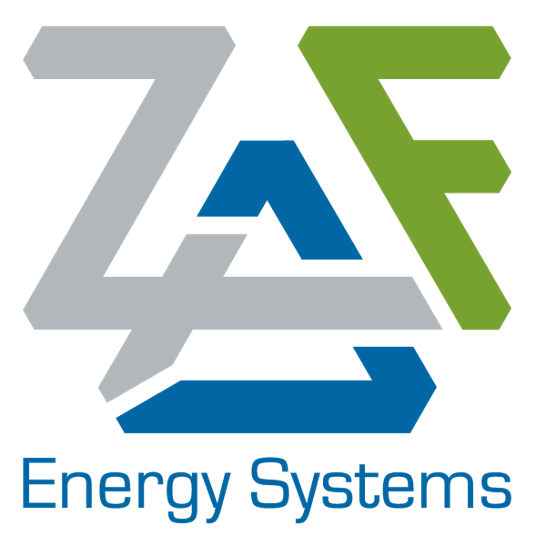Batteries to Supercharge Demand for Zinc
NEW YORK — Battery chemistries that contain zinc have the potential to displace lead-acid batteries and substantially boost global zinc consumption once fully commercialized, according to industry executives.
“I think we can make a heavy impact,” Craig Wilkins, founder and vice president of business development at ZAF Energy Systems Inc. and chairman of the board at ViZn Energy Systems Inc., told AMM recently.
Full-scale commercialization of nickel-zinc batteries developed by Columbia Falls, Mont.-based ZAF Energy Solutions could result in an increase in demand for zinc by around 500,000 tonnes, Wilkins said. He add that zinc-iron flow batteries developed by Austin, Texas-based ViZn could increase demand by about 400,000 tonnes.
Dan Sisson, vice president of research and innovation at nickel-zinc battery producer ZincFive Inc., sees vast growth opportunities, though he wouldn’t get into specific numbers. “We’re just starting to penetrate,” he said. “That’s why the market is so big for us—the growth potential is so huge.”
Global consumption of refined zinc totaled 13,936,000 tonnes in 2016, according to the International Lead and Zinc Study Group.
Wilkins said that nickel-zinc batteries, primarily meant for the production of motion, stationary storage and military applications, have the potential to penetrate 20 percent of the lead-acid battery market, equivalent to between $15 billion and $20 billion per year.
Wilsonville, Ore.-based ZincFive is primarily involved in the installation of nickel-zinc batteries at roadway intersections, with more than 700 in operation across the United States. “Every intersection that has lights also has a big box that communicates intersection data,” Sisson said. “We run that. We keep the intersection up during power outages.”
While still in the early stages of development, Sisson said that ZincFive is starting to penetrate the automotive stop-start systems market. “Lead-acid batteries aren’t good for the environment,” he said. “If you have lead paint on the house, you need to treat it like asbestos. Several states have outlawed lead fishing weights. But tens of millions of lead-acid(-battery-powered) cars are on the road. Our goal is to replace lead acid.”
Nickel-zinc batteries have the potential to take market share from lead-acid batteries because they provide three times the power and two times the capacity, as well as double the shelf life and cycle life, Wilkins said. “It’s a compelling case. You can replace three lead-acid batteries with one nickel-zinc battery.” Sisson noted that “the charge acceptance of nickel-zinc batteries is off the charts versus lead-acid batteries.” Additionally, the batteries can function at a much wider temperature range.
Nickel-zinc batteries cost more than lead-acid batteries, but Wilkins is confident prices will go down once more consumers get on board.
Said Sisson: “At our current pricing, we’re comparable to a high-quality lead-acid battery. We’re getting there.”
ViZn’s zinc-iron flow batteries are in the early stages of commercial ramp-up but are “moving toward full commercial production,” Wilkins said. The batteries are primarily intended to meet the needs of grid-scale storage, a compilation of techniques used to store electrical energy on a large scale within an electrical power grid.
The technology for zinc-iron flow batteries was originally developed by Lockheed Martin Corp. in the 1970s as a response to the energy crisis in the U.S., but the crisis ended before the technology could be commercialized. ViZn has spent the last seven and a half years “redesigning and re-engineering the technology to meet the needs of microgrids,” Wilkins said.
About 120 gigawatts’ worth of zinc-iron flow batteries—requiring approximately 400,000 tonnes of zinc, according to Wilkins—are expected to be in use by 2025. One megawatt battery, which is made up of five zinc- iron flow batteries, requires 7,400 tonnes of zinc.
Zinc-iron batteries can generate both high power and robust capacity, making them a “flexible asset,” Wilkins said. Their main competitor in the grid-scale storage space, lithium-ion batteries, have a 40-to-50-percent higher lifecycle cost.
ZAF also produces zinc-air batteries, which are usually intended for logistics, consumer electronics, military and motive applications. However, Wilkins said it will be “still another couple years before commercial development” of those batteries begins.
Millicent Dent millicent.dent@amm.com
